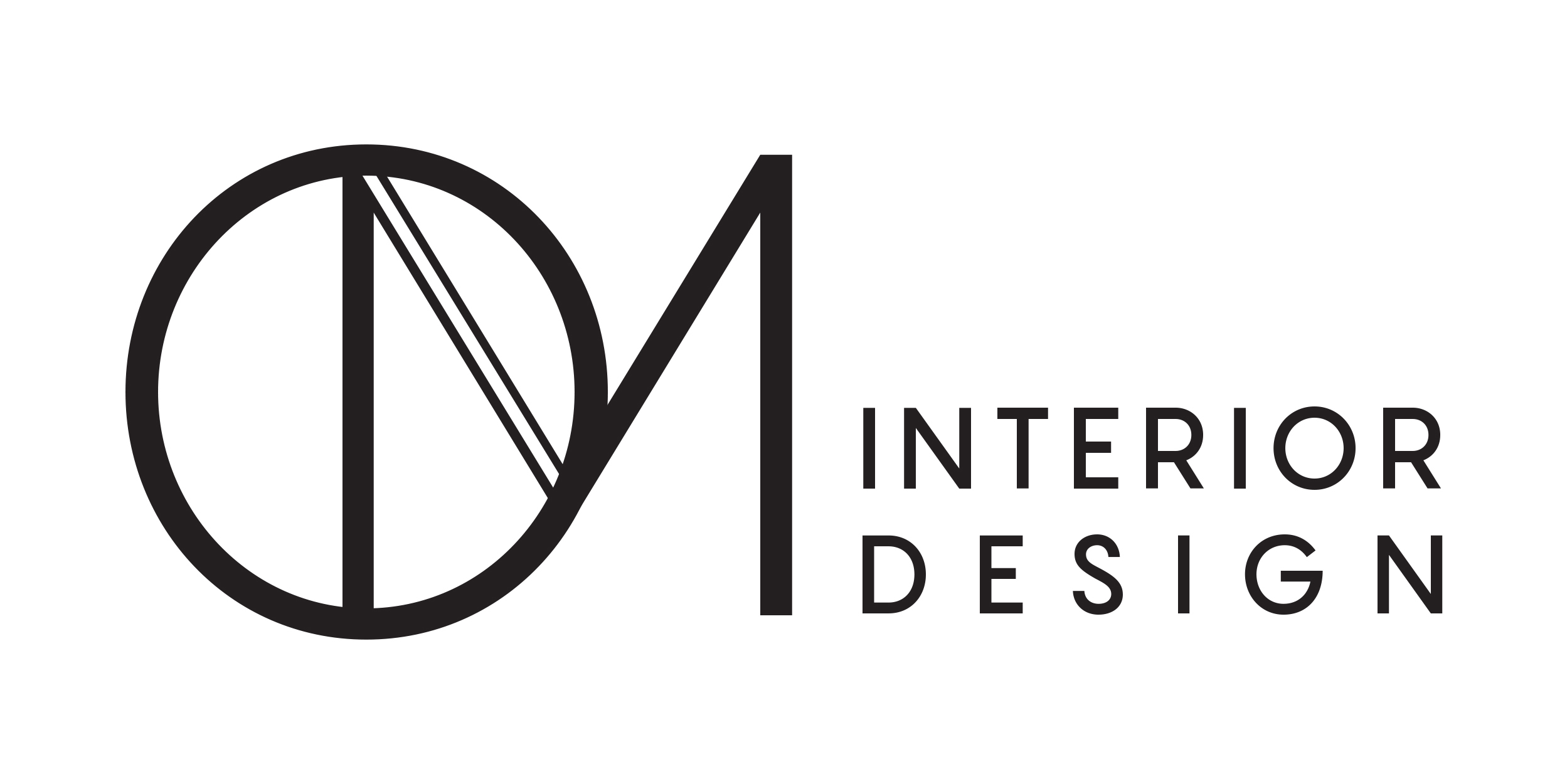A few years ago, United Nations has adopted the Sustainable development Agenda 2015 – 2030. This year Milan design week 2018 came up with the Manifesto of its own addressing the need to maintain the leadership of Milan in the design scene and respectively addressing most urging issues of nowadays – that we all know – is the sustainable future.
Dutch Design Week earlier on has hosted the series of actions “Good design for a bad world”. Influential product designers like Hella Jongerius called for the design industry to abandon its “obsession with the new for the sake of the new”.
Currently, Barcelona Design Week’s is coming to an end under the motto “Re-evaluate”.
So, let’s have a look at how Milan managed to succeed in triggering responsible thinking during Milan Design week 2018:
I think the most obvious would be to start with the big 500 m2 “Living Nature” Pavilion installation by Carlo Ratti Associati staged just in front of the Duomo, on the city’s main square. Inside of the pavilion, 4 climate seasons coexist due to the innovative climate management system. People could enjoy walking through the hall space with the changing weather season – autumn, winter, spring and summer – and shifting domestic concepts.
The aim of the whole installation was to narrow down the single household perception on the global problem.
“Air conditioning is often associated with excessive consumption, this project offers a radical change of perspective, demonstrating the feasibility of air conditioning technology that is also sustainable, with huge potential for future applications. The 5-meter-high pavilion consists of a responsive Crystal membrane fitted with light reactive sensors that enable the internal climatic conditions to be carefully regulated. A series of organic photovoltaic panels, equipped with latest generation solar cells inspired by chlorophyll photosynthesis, is integrated into the roof, providing the energy required to keep the winter area cold. A heat exchange system draws on this energy to heat the summer area”.
The installation addressed the 20th-century urban expansion and concurring the nature. Nowadays the objective is rather the opposite. Nature needs to be back in the cities and not vice versa – it is about urban microclimate. The architects and engineers collaborated with the biologists in the plant’s selection that facilitated the climate control.
One week ago, I attended the conference of Carlo Ratti during Barcelona design summit. Carlo R. highlighted the extreme need for the shared mobility in the big cities and confirmed that people are ready and willing to do that (the example of Manhattan, USA). Now a lot of investment goes into eliminating the number of cars, traffic lights, and taxies in the cities. A few years ago, people would not be so receptive but today the effort of the awareness gives the results. Therefore, such a massive statement in the center of the design capital is a big thing I believe…
Another notable demonstration took place at Piazza Cesare Beccaria few blocks away from Duomo: “3D Housing 05” by CLS Architetti printed by a robot on site One-storey concrete house showcased the possibilities of 3D printing in the field of sustainable architecture in the most literal way.
An increasingly urgent revolution in the world of housing was reflected in a great way by Mini living BUILT BY ALL exhibition by Studiomamma at the Tortona district. Mini living has started its global initiatives in 2016– the number of projects, exhibitions, talks – BIG LIFE SMALL FOOTPRINT.
“With MINI Living we’re looking to create a genuine alternative within the rental market of big cities. We’re offering a place that can adapt to its residents, is flexible and allows room to breathe.” explained Esther Bahne, head of MINI brand strategy and business innovation.
This year Mini was challenging whether traditional residential design processes are really efficient for the near future challenges to come. Urban population is constantly growing. The question addressed: is how the participation of both architects and living community can change the future in our cities and urban environment?
The first part of the exhibition gave a chance to the visitors to be the architects of their own space. People could fill in the “membrane”, the shell of the space, with different separators objects, called “totems”, of different shape and transparency as their personalized object like furniture, etc. Studiomamma claims that the participation in the space design creates a strong bond between the resident and his home. And furthermore, the next part of the exhibition is a living proof that you do not need to be an architect to design your living space.
The second part was a full-scale showcase of 4 living capsules (15-20 m2 each) of different configuration for the different type of user integrated into the big open space featuring shared kitchen, gym, and other facilities. This was testing out the ideas on the first shared living space project Mini living is going to launch next year in Shanghai.
I am not saying that I would imagine myself living in one of these capsules. But I consider this installation is an effective metaphor to reconsider the individual space appropriation both by individuals and big investors. The cities cannot endlessly grow, they have to evolve. If people will be more and more receptive to the idea of co-living, co-sharing that will faster the stakeholders to offer the shared rent. This offer results beneficial for many people and shortens drastically the footprint compared to the individual household consumptions.
Startup Containerwerk also presents itself in this context spatial concepts based on the topics of micro-living and temporary living. “How can we create high-quality living space on increasingly scarce land? How can we enable livable living at fair prices? How can our high mobility needs and the principle of “home” be reconciled? These are the questions which we are tackling. Their aim is to provide answers to important questions of our time. For this purpose, Containerwerk buys used sea freight containers and transforms them into high-quality living space in a multi-patented insulation process. Thanks to an automated and serial production process, Containerwerk is able to produce large quantities at low prices in consistently high quality and with maximum energy efficiency.”
Another interesting exhibition at Tortona addressing urban problems was hosted at BASE, Milano, Trouble Making. Who’s making the city? An exhibition about the digital platforms and trends that impact greatly the lifestyle and changes that take place in our cities. It tackles profiles like Airbnb, Amazon, and other delivery services, Tourist buses that drive around the cities, promotion of the modern mass tourism, uncontrolled digital traffic from social media…
Recycling of the material in the perspective of the above-mentioned innovations seems a bit more “old school” or more usual. Nevertheless, is not losing its key importance on the path of the sustainable design and responsible consumption. This year there were plenty of projects that thrilled me in the way of reusing the material. Rossana Orlandi, well-known galleriest, and design curator came up with the initiative “Make plastic guiltless” and the DesignWork’s space featured big arc composed of the used clothing to open the exhibition “Waste no more”. Eco Birdy brand from Belgium came up with the beautiful aesthetics chairs made 100% from the ocean detained plastic.
What I really found interesting is the exhibition of Really, the new company co-owned by Kvadrat, that upcycles textiles to create materials that challenge the design and architecture industries. Last year they came up with the material that is made from the upcycled textile. This year they have invited several designers to show what this material is capable of! To demonstrate the potential of the solid textile board and acoustic textile felt for use in furniture and interiors in an exhibition titled Circular by design. Among the designers invited to experiment were Raw edges, Jo Nagasaka, Benjamin Huber. Jo Nagasaka took a simple geometric chair as the base of his experimentation. He came up with different chromatic solutions for the different treatment of the material experimenting a lot with staining, sanding, brushing and bleaching to create different effects.Benhamin Hubert came up with the whole retail fitting system made from this material. “The intention behind these real project is to show how beautiful things can be made out of the massive global problem of textile waste, and also to foreground the shift in perception, processes, and logistics needed as we grapple with the issues of waste and begin the transition from a linear to a circular economy” states the curator of the exhibition Jane Withers.
A good portion of humor to conclude with expectedly from the Eindhoven Academy students with their manifesto of their own “Not for sale” a shop full of stuff Milanese local people found somehow confusing to interact with.
A bit of optimism indeed is not extra in our current situation, however, the awareness of the people is a key factor that will trigger the responsible behavior in order to anticipate the real challenge of the design community nowadays. And Milan design week did a good job of transmitting this message.



























Pingback: #MDW2018 PART1 TRENDS: CULTURAL HERITAGE, SENSIBILITY, IDENTITY – Olha Martsynovska Interior Design
10 August 2021